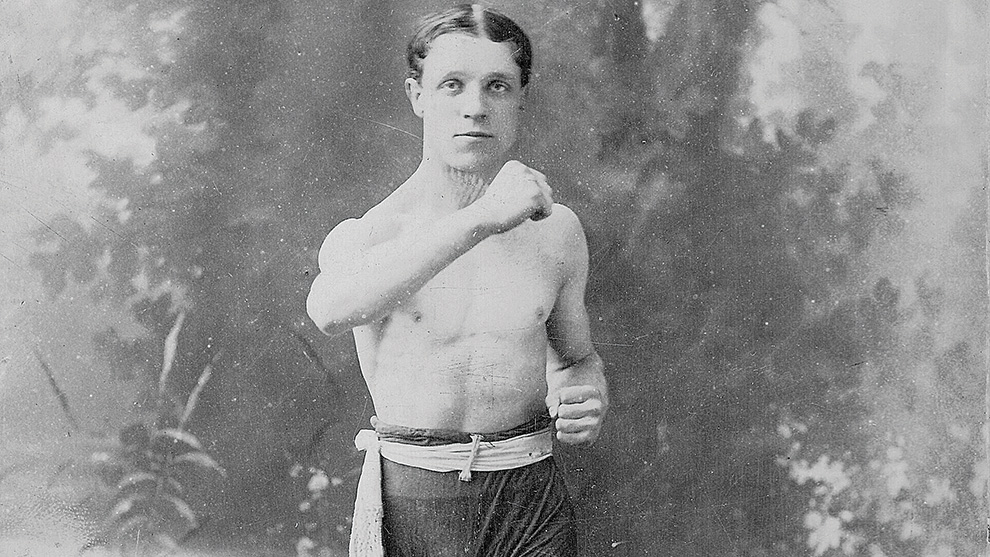I AM currently collating and indexing my results for 1904 prior to them being entered into my database, and I have come across quite a few interesting entries that demonstrate just how much the game has changed during the last 120 years.
The best sources, by far, for boxing results for this period are the Sporting Life and the Mirror of Life, both of which are accessible via the excellent British Library online newspaper website.
On April 4, 1904, Liverpool’s big-punching flyweight, Ike Bradley, met Arthur Grimshaw of Stratford, in London’s East end, in a 20-round contest at the Albert Hall, New Brighton, just across the Mersey from his hometown.
Grimshaw was fighting in his first contest up North, and it was also his first bout above eight rounds. He had some guts to take on Bradley, who, although he had been a pro for only a couple of years, was a seasoned 15-round specialist. Later on in his career, Bradley adorned himself with a number of large and distinctive tattoos, and this was quite unusual during this period when it was usually only naval boxers, of which there were many, that did this.
According to the Mirror of Life report the bout was a fine one, fought for a purse of £50, and whilst “Grimshaw was very clever on his feet and used great judgement with good straight lefts” he was nailed in the seventh round with body punches before being floored three times, the last time for the full count.
Today, such a loss would result in a minimum suspension of 28 days. If the knockout was a bad one, then the suspension could be longer. This rule applies to any inside-the-distance defeat, be it by KO, TKO or retirement. Back in 1904, though, things were very different.
Evidently dissatisfied with the nature of his defeat Grimshaw asked for a rematch, and he got it, the very next day! For, on April 5, 1904, the two men met again, this time at the Circus, Warrington, only a few miles down the road from New Brighton. The promoter was the same man who had organised the first contest and he was quite happy to put them on again, particularly as Bradley’s contracted opponent, Young Ward of Liverpool, had failed to turn up.
Once again, the bout was recorded by the Mirror of Life and this time Bradley won more quickly, again by knockout after three rounds of boxing. “The two lads set to work at top speed, and there was nothing between them for the first two rounds. In the third Bradley caught Grimshaw a terrific punch on the chin and knocked him clean out.”
Two knockout defeats within 24 hours couldn’t happen within the UK today, and it would probably send alarm bells ringing wherever it happened in the world, but it did not phase Grimshaw and his team, for he was back in the ring nine days later at Liverpool, when he outpointed Young Yates over 10 rounds.
Grimshaw retired from the ring, after an eight-year career, in 1908, with a losing record that included some high-calibre opposition. Bradley went on to great things, including a tour of the USA in 1906, many contests that were billed for the world, European or British title, and he topped the bill at the opening night of the old Liverpool stadium, on Pudsey Street. He was one of the best of the early fighters to come out of Liverpool, a city steeped in boxing tradition.
In 1938 the Board issued a regulation that meant that no boxer could engage in two contests of 10 rounds or more, within five days, and eventually they prohibited any boxer from taking part in two contests within six clear days from the date of their last contest, and this rule still applies today. I wonder what Arthur Grimshaw would make of it.
